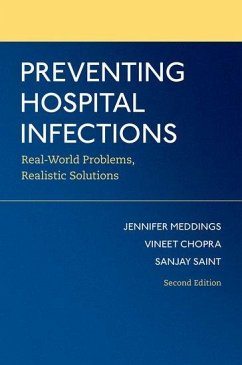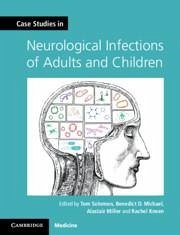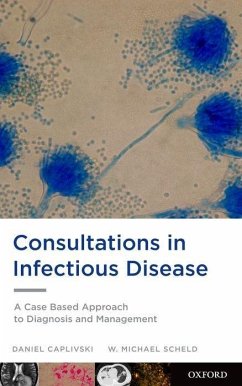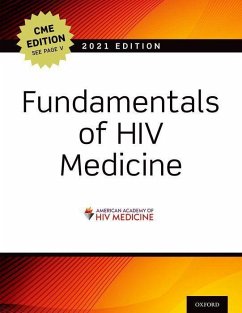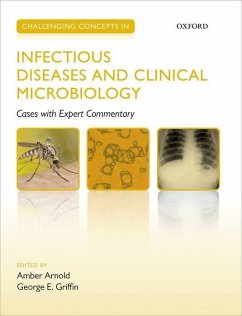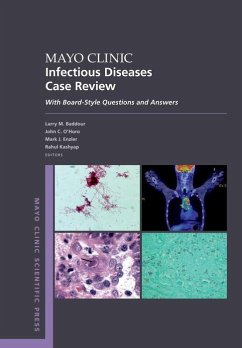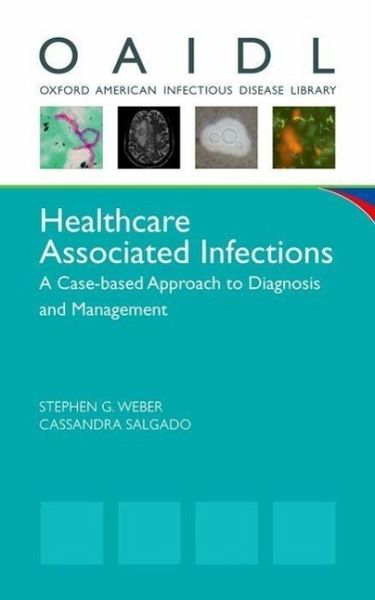
Healthcare Associated Infections
A Case-Based Approach to Diagnosis and Management
Herausgeber: Weber, Stephen G.; Salgado, Cassandra
Versandkostenfrei!
Versandfertig in 1-2 Wochen
75,99 €
inkl. MwSt.

PAYBACK Punkte
38 °P sammeln!
The field of healthcare epidemiology and infection prevention is evolving with the emergence of new pathogens, new resistance patterns, new treatment options, and new pressures for performance improvement. In addition to the changing landscape of the field, public and regulatory scrutiny has highlighted the importance of following best clinical practices when managing patients with known or suspected healthcare-associated infections (HAIs). Healthcare Associated Infections aims to equip clinicians and healthcare workers to effectively manage commonly encountered HAIs through succinct, case-bas...
The field of healthcare epidemiology and infection prevention is evolving with the emergence of new pathogens, new resistance patterns, new treatment options, and new pressures for performance improvement. In addition to the changing landscape of the field, public and regulatory scrutiny has highlighted the importance of following best clinical practices when managing patients with known or suspected healthcare-associated infections (HAIs). Healthcare Associated Infections aims to equip clinicians and healthcare workers to effectively manage commonly encountered HAIs through succinct, case-based discussion. The book is perfect for use as a quick reference for busy clinicians seeking advice on the management of challenging patients, for infection preventionists wishing to learn more about the clinical management of these infections, or for trainees looking for an engaging introduction to a field that must be mastered by any clinician with an inpatient practice. Part of the Oxford American Infectious Disease Library, each chapter presents a series of cases to provide a framework for discussing commonly encountered pathogens that cause HAIs and the most important points regarding the diagnosis and treatment of patients with these infections. Brief, clinically pertinent introductions to the prevention of HAI are integrated within the discussion of each case.



